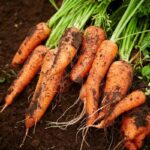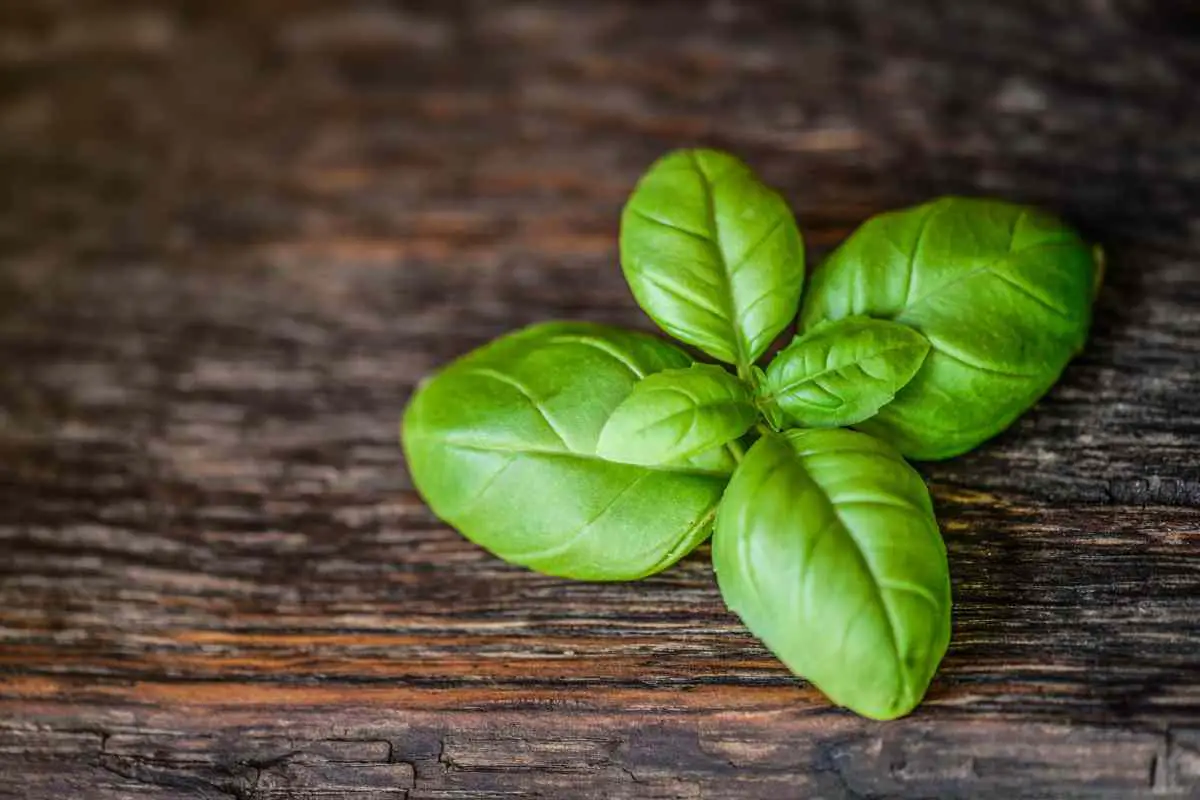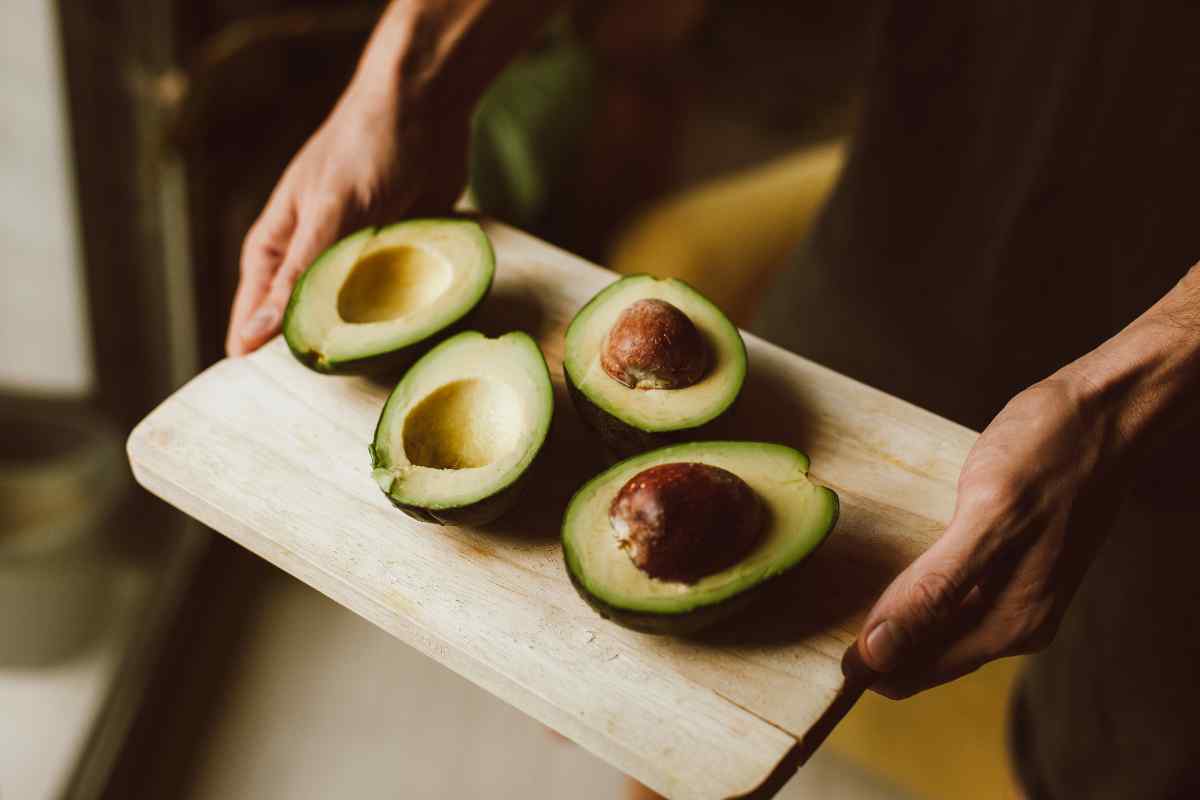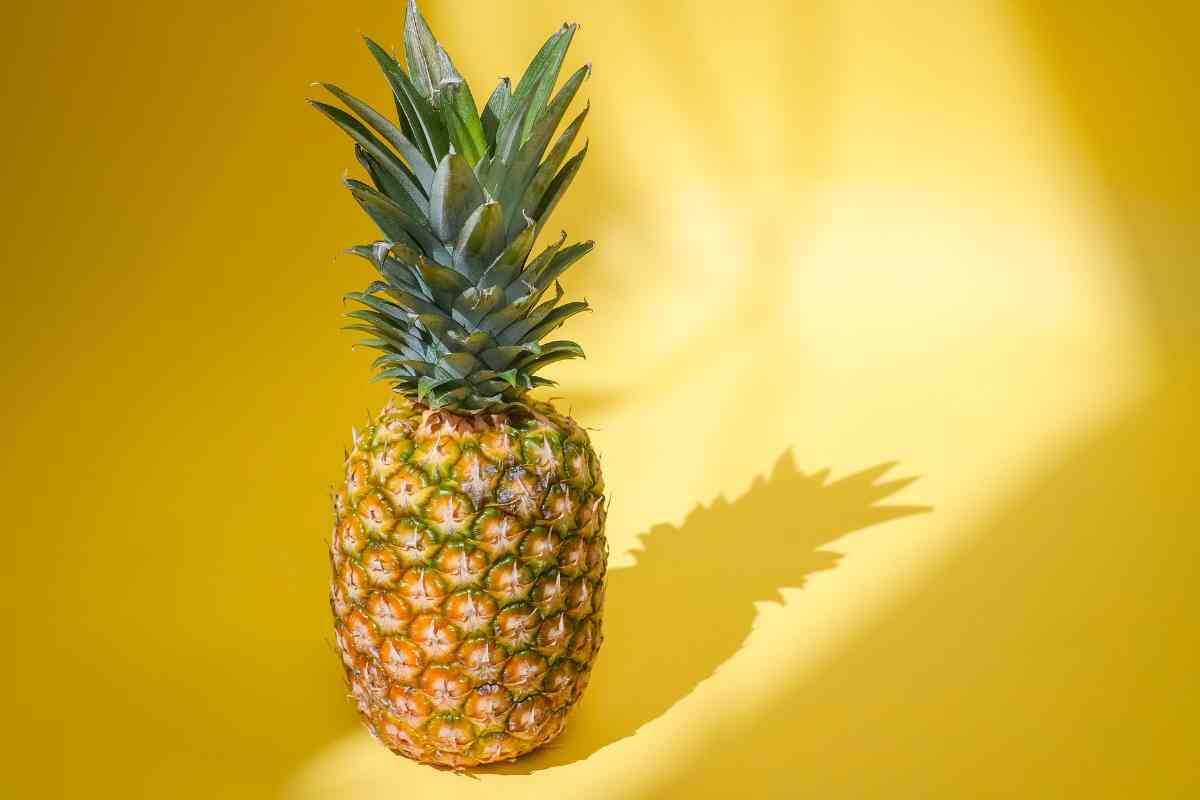Vegetables reproduce in several different ways. First, they can multiply by spreading through the ground. This process, called vegetative reproduction, is the most common among root vegetables. You can also wait for a vegetable plant to mature and produce seeds or clone it by taking cuttings and planting them.
Overall, there are multiple ways for vegetables to reproduce.
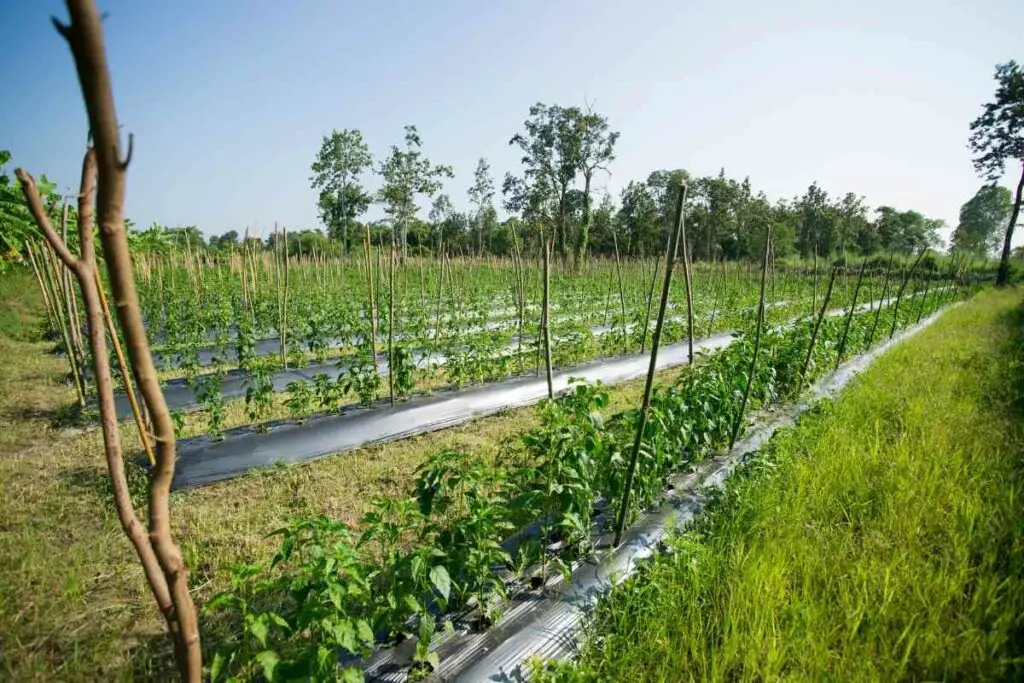
This article contains everything you need to know to try these methods with your garden.
Keep reading to learn more!
Table of Contents
In What Ways Do Vegetables Reproduce?
Many people are confused about how vegetables reproduce because they don’t contain any seeds.
Most plants actually don’t need to make seeds to create more of themselves since they can produce asexually with our help.
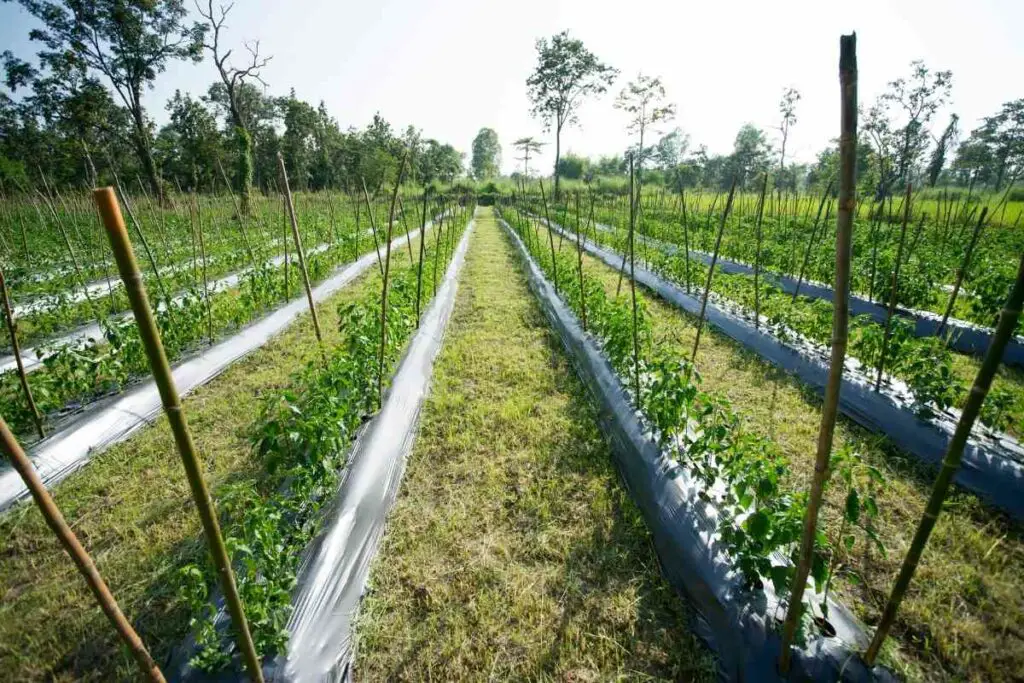
There are many different ways that vegetables can reproduce, including the following:
- Through pollination and seeds
- Vegetative reproduction
- Cutting and cloning
- Grafting
Farmers can use any of these methods to create new vegetable plants.
However, plants will only reproduce through pollination or vegetative reproduction.
Let’s break down these different types of reproduction.
How Do Vegetables Reproduce Through Pollination and Seeds?
This method is the most common for vegetables to reproduce since they can do this without our help.
Pollination is the process where flowers on the plant become fertilized, and then they produce seeds. Often, the seeds are protected by fruit, which attracts animals who then spread the seeds.
Vegetable plants can produce seeds, even if we don’t see seeds in the veggies we eat.
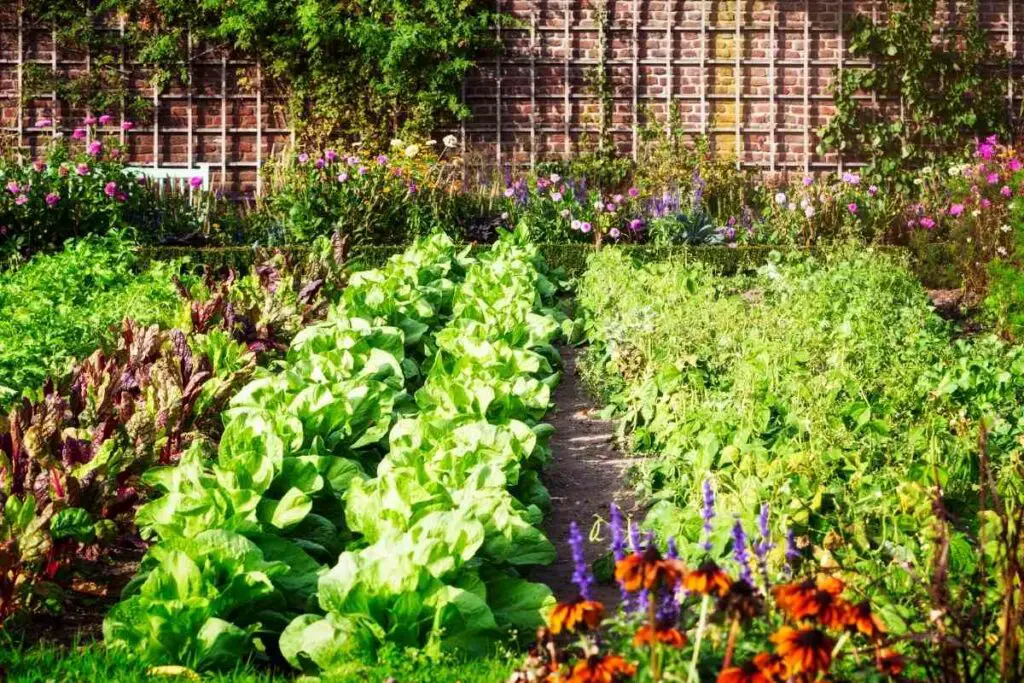
Since vegetables are the edible parts of a plant that don’t come from the flower, they never contain seeds. However, that doesn’t mean the plant will never make flowers or seeds.
Most vegetable plants take a long time to mature. But, once they do, they’ll bloom.
As the pollen spreads between the flowers, they become fertilized, creating seeds that farmers can collect and plant.
For Example – Turnips form large bulbs that store energy and nutrients for a year. If you don’t harvest it to eat, the plant will make seeds the following year using that stored energy.
Farmers can cross-pollinate their most robust plants to ensure they get a more bountiful crop next season.
Plus, it’s easy to safely store seeds, allowing them to collect and keep many at once.
How Do Vegetables Reproduce Vegetatively?
Next, many plants reproduce vegetatively, including sweet potatoes and onions.
This process involves the plant sending out tubers through their roots that then become a new plant.
Since this is a type of asexual reproduction, the new vegetable plant will always be a clone of its parent.
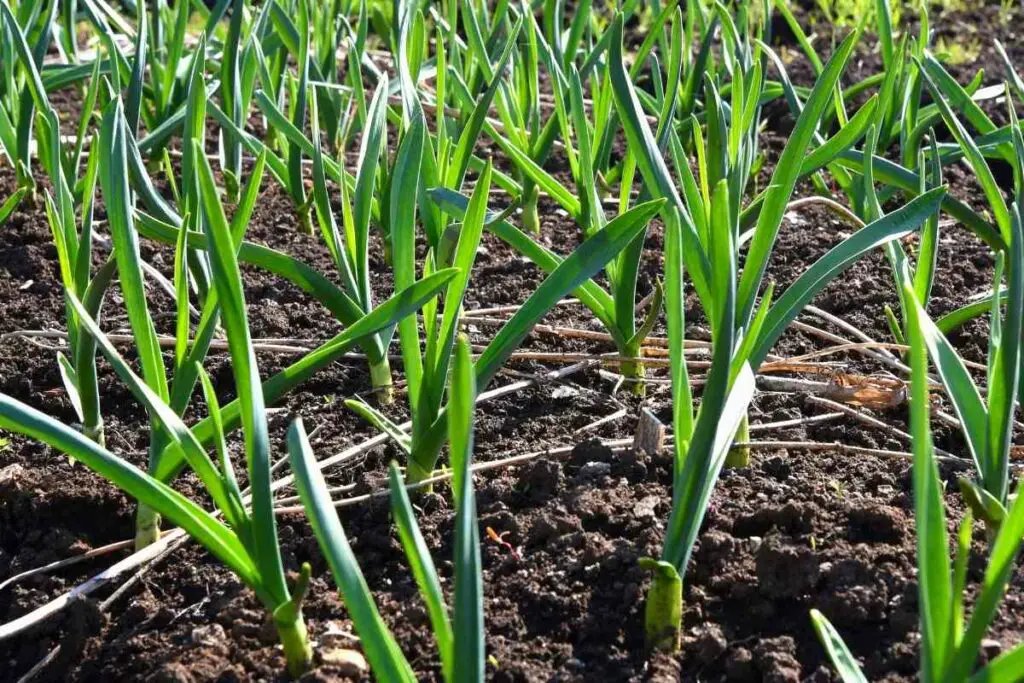
However, these new plants will all be susceptible to the same diseases.
Entire crops could be devastated if sickness or pests come to a garden, making it essential that farmers only allow plants that resist these diseases to reproduce.
Many farmers will graft plants that they then allow to reproduce asexually to increase the number of diseases their crops resist.
Many plants that reproduce vegetatively will do so independently, without our influence.
How Do Vegetables Reproduce Through Cuttings?
Farmers can also asexually clone a plant by creating cuttings, which is a standard propagation method:
- They start by cutting a piece of an established plant at least six inches long.
- Then, they place the plant in a shallow water dish, with the cut section facing upwards.
- After a few months, the cutting will start to grow roots.
- After the root system develops further, the farmer can take the new plant and put it in their garden.
- After repeating this several times, they’ll have many new vegetable plants produce food.
Farmers use this method when their crops don’t produce seeds or need to harvest the crop before the plant can reproduce.
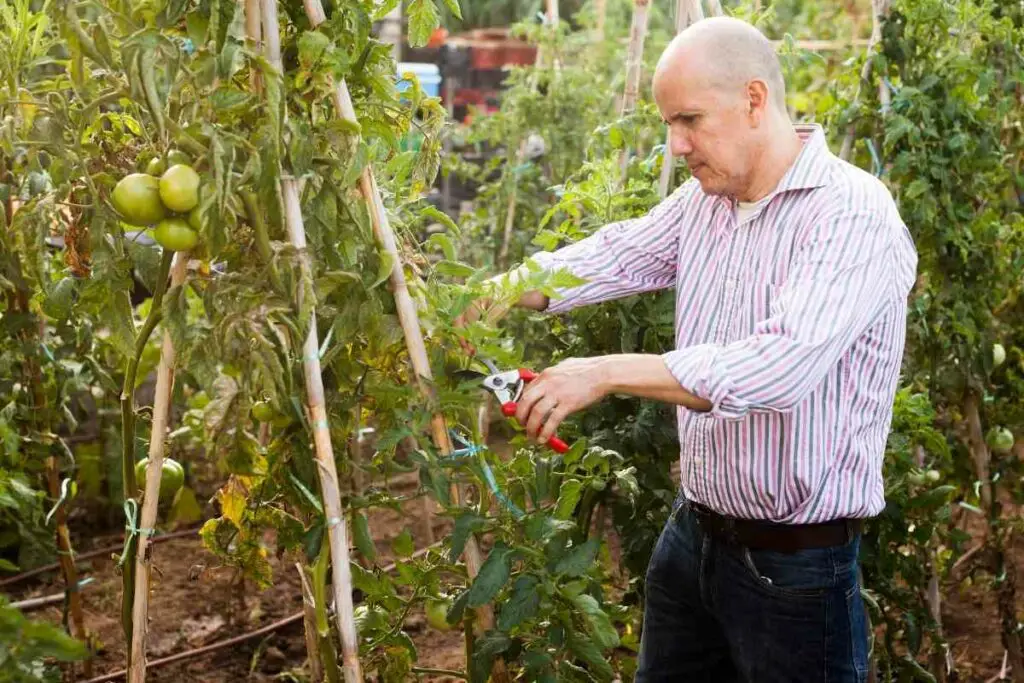
This method is popular for creating more peppers, tomatoes, and basil. However, you can technically make any plant reproduce through cuttings.
How Do Vegetables Reproduce Through Grafting?
Lastly, grafting is a technique that farmers use to make vegetables reproduce.
They cut a plant and attach it to another, causing them to form together and make a new plant. This process is best for creating plants that resist disease, allowing them to reproduce in other ways.
Grafting even makes plants produce more food faster, making it an essential tool for vegetable production today.
In Short – You can get a new vegetable plant by combining two together. This process allows you to give plants desired features, including disease and pest resistance. Once farmers have a strong plant, they can make it reproduce in other ways to pass on those traits.
How Can Vegetables Grow Without Seeds?
You don’t need to have seeds to grow more vegetable plants.
We can grow plants every day through grafting and propagation. However, you don’t need seeds to grow vegetables because they come from the parts of the plant that don’t have seeds.
For instance, vegetables can come from a plant’s stems, roots, and leaves.
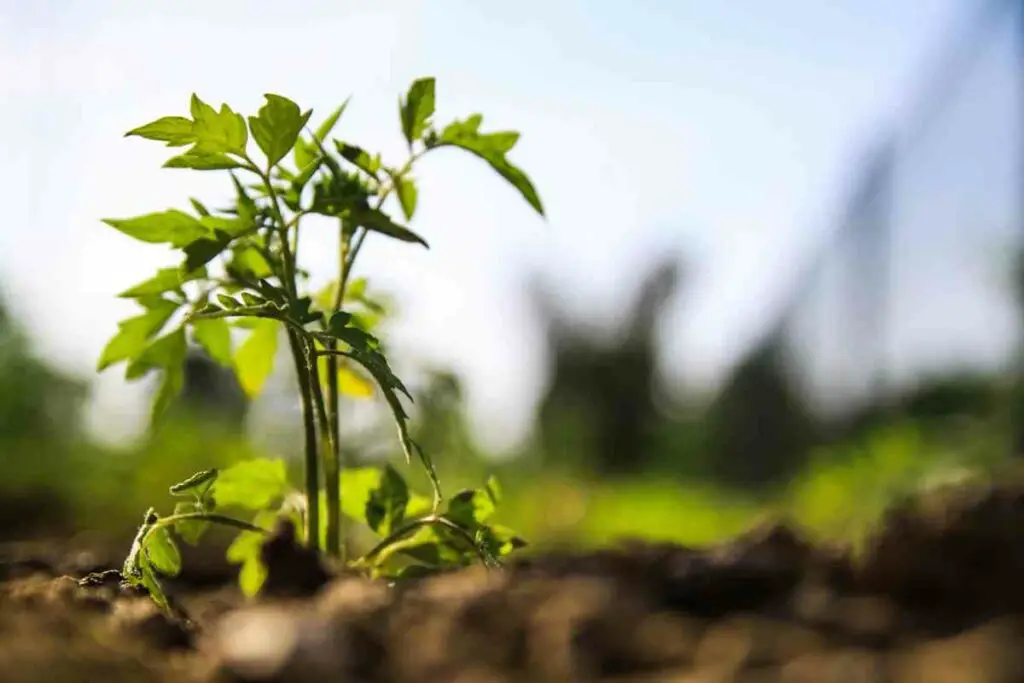
For example, spinach is leaves, potatoes are roots, and asparagus is a stem. You won’t find any seeds in those parts. So, vegetables technically don’t need seeds to grow, unlike fruit.
Fruit is different because it comes from the plant’s flower after pollination occurs.
The fruit protects the seeds that develop, allowing animals to spread them. Pollination doesn’t need to take place for you to get a vegetable.
Overall, you won’t need seeds to grow vegetables. You can start with a cutting or grafted plant and continue the process to spread them throughout your garden.
How Can I Pollinate My Vegetable Plants?
You can still get your vegetable plants to reproduce through pollination.
Once the flowers become fertilized, they’ll produce seeds that you can collect and plant.
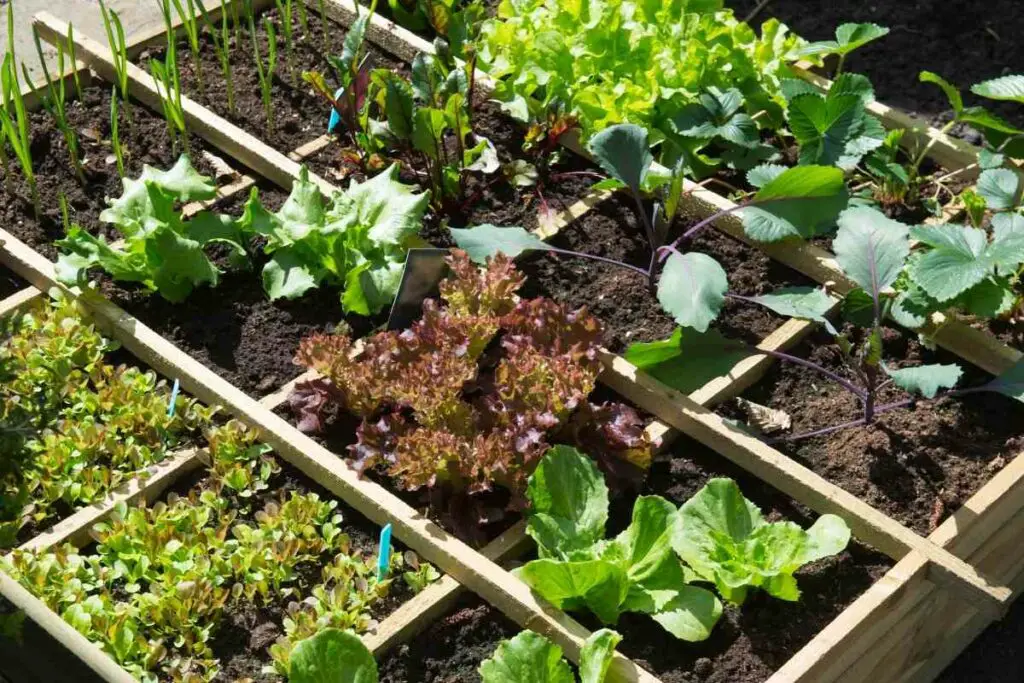
You don’t always need to pollinate your plant because they should do it independently unless you keep your plants inside.
Without the breeze to blow pollen around or insects to pollinate the flowers, they’re very unlikely to produce seeds.
How Do I Manually Pollinate Vegetables?
You can manually pollinate your vegetables to ensure they keep making more seeds.
You’ll need to wait for them to produce flowers. Then, move pollen from the male flowers to the female ones.
You can do so using either a small paintbrush or a q-tip. There are also pollinating tools that you can use, but you don’t necessarily need to use one.
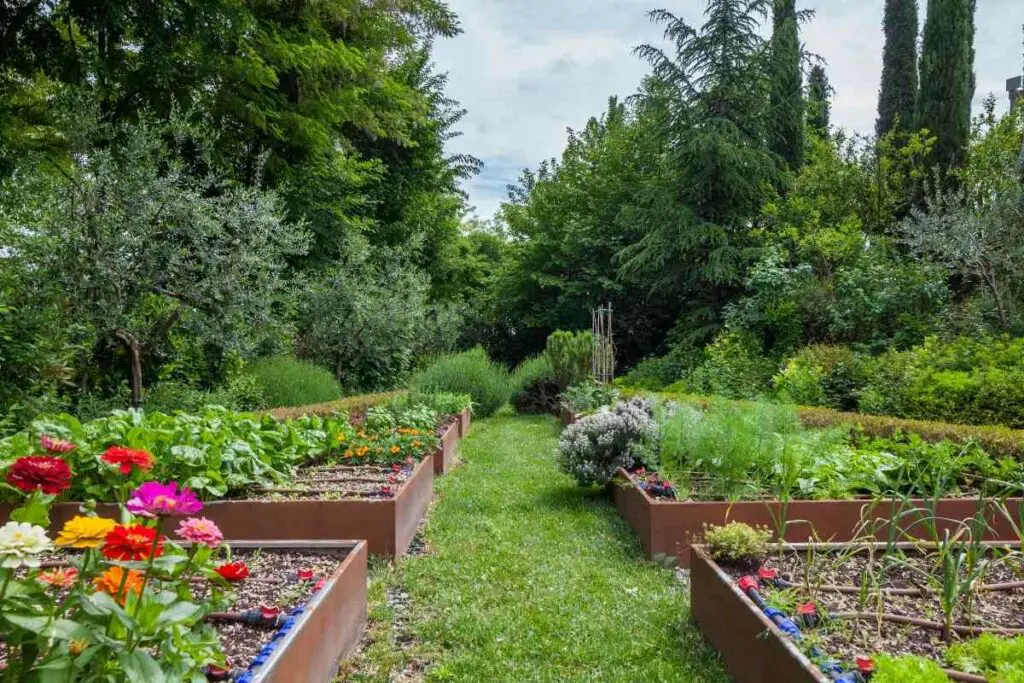
If it’s a self-pollinating plant, you can always blow on it to disperse the pollen easily too.
Since each plant probably has a lot of flowers, doing this by hand can take a lot of time.
However, if you don’t pollinate them, you won’t get any seeds to use. You shouldn’t have to manually pollinate them if you leave your plants outdoors since the airflow can spread pollen.
Once you pollinate the plants, they’ll later produce fruit and seeds. You can collect the seeds from the fruit and save them to plant during the next growing season.
What Vegetable Plants Need Pollination?
Technically, you don’t need to pollinate your vegetable plants since the edible crop comes from other parts of the plant.
However, you must pollinate plants that produce edible fruits after flowering. Or if the plant makes crops after pollination.
For example, you’ll need to pollinate peppers to get seeds from this plant.
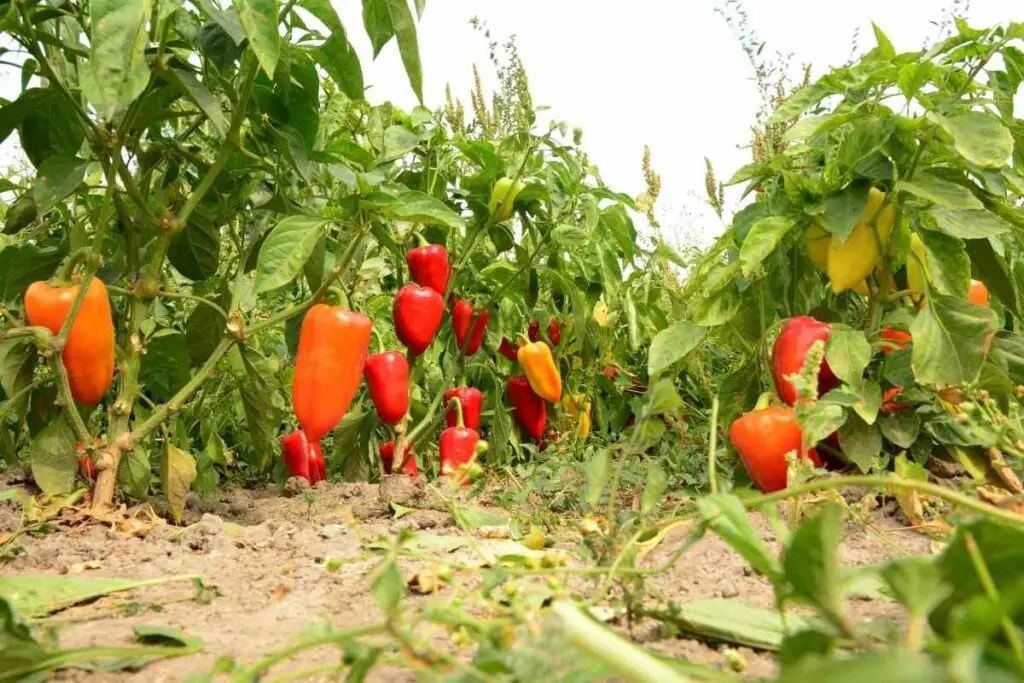
You’ll need to pollinate fruit plants more than vegetables since veggies come from parts of the plant.
You can still get seeds from them if you allow the plant to mature for a few years, then pollinate the flowers that appear.
However, you don’t need to do this to get food from the plants unless they bear fruit.
What Garden Plants are Self-Pollinating?
Some vegetables are self-pollinating, which means the pollen can come from the same plant.
If you’re growing one, you’ll want to bring the pollen from one flower to another on that plant instead of cross-pollinating them with another plant.
However, it’s less likely that you’ll need to pollinate these sorts of plants manually. They have “complete” flowers, with both a pistil and stamen.
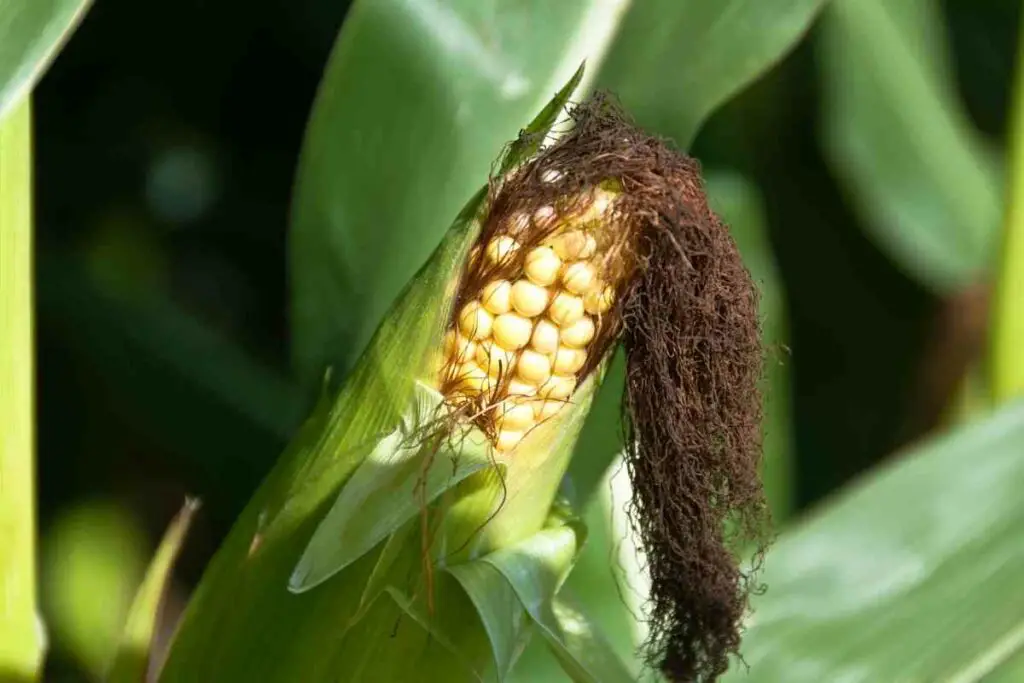
It’s very easy for the pollen to transfer from the male to the female part of the flower, ensuring fertilization.
All you may need to do is blow on their flowers if you keep the plants inside your house.
Here are some examples of garden plants that are self-pollinating:
- Broccoli
- Cauliflower
- Corn
- Onions
- Cabbage
- Carrots
What Conditions Make Vegetables Reproduce?
There are a few conditions that can make vegetable plants reproduce.
First, they need a great growing environment to store nutrients for producing fruit and seeds. Some need to use their energy to produce tubers and spread them through the ground.
Outside conditions also make it possible for vegetables to reproduce.
For instance, the influence of humans can cause vegetables to multiply by planting cuttings from a parent plant in the ground.
Each plant will need different conditions to reproduce, including:
- soil pH levels
- nutrients
- and amount of sunlight or water
Plants that aren’t healthy can’t reproduce effectively, so you’ll want to do your best to care for them.
Conclusion
Vegetables reproduce in several different ways. First, they can multiply by spreading through the ground.
This process, called vegetative reproduction, is the most common among root vegetables.
You can also wait for a vegetable plant to mature and produce seeds or clone it by taking cuttings and planting them.
There are many different ways that vegetables can reproduce, including the following:
- Through pollination and seeds
- Vegetative reproduction
- Cutting and cloning
- Grafting
Farmers can use any of these methods to create new vegetable plants.
- How to Dry Basil Leaves: A Professional Guide
- Is an Avocado a Fruit or Vegetable? Simple Answer and Explanation
- Does Pineapple Have Seeds? Exploring the Anatomy of Pineapples
- Blooming Through Winter: Can I Grow Vegetables Indoors in the Winter?
- What Can You Grow in a Greenhouse All Year Round: A Guide to Year-Round Greenhouse Gardening
- Are Blueberries Blue? Debunking the Myth of Their Color













